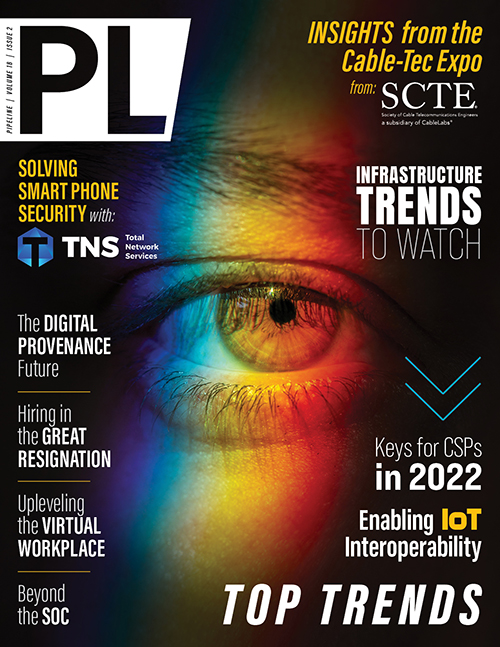Stay the Course: Virtual Workplace
Remains the Path Forward
In today’s environment, visibility into employee sentiment is as important as the data that systems provide. We now have technology that can tell us what employees are thinking and feeling, what is working for them, what improvements they are seeking and so much more. Operational data, or O data, has existed for quite some time, but some of it has become rather antiquated. Ticketing systems, tools to determine how many people are using certain technologies or how machines are functioning, and other devices can tell us the basics on a screen.
Managers can sit in front of dashboards for endless hours to diagnose their operations, but that tells only part of the story. What we have needed—and now have access to—is experience data, or what we call X data. As organizations transform and rely on artificial intelligence and cloud-based collaboration solutions, we need to be thinking about the impact on the employee experience. This X data allows organizations to check the employee pulse—how their employees feel about their technology experience at work—and glean valuable, real-time insights that enable greater engagement, collaboration, and productivity.
For example, Qualtrics found a 15-point increase in employee engagement among companies that had transformed the workplace experience. That same research showed that companies with a modern workplace were 121 percent more likely to have employees state that they felt engaged with their employer.
New data sources are consistently becoming available to help in the decision-making process, and businesses are now empowered to leverage millions of data insights to drive greater engagement, collaboration, and productivity—and ultimately continuous improvements to the experience. The data can be drilled down in many ways, including geographically, to help leaders make better decisions that can be transformational, even for large multinational organizations. The power of X data benefits business outcomes and improves leaders’ understanding of what is enjoyable for their people, helping leaders create successful, balanced, and productive teams, improve culture and employee engagement, and promote the well-being and satisfaction of their employees.
Business leaders can apply the same solutions to their customer base and analyze both X and O data to make strategic business decisions. This data can support business growth under any workplace model as well as turn the tide in the growing war for employee talent.
 But is it secure?
But is it secure?
An organization can create a virtual workplace that achieves all its business goals, but without proper security, it’s practically worthless. To effectively mitigate risk, enterprise IT leaders must evolve at the same pace as the rest of the business, applying the latest security techniques, real-time threat intelligence and response, artificial intelligence tools, and automation to move from reactive to proactive security operations. Security organizations often see the risks of new technologies such as the virtual workplace, and instead of acting as enablers of change, they react by saying no. But security and usability don’t have to be opposing goals.



















